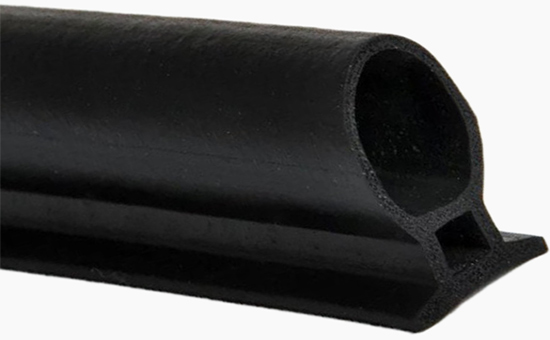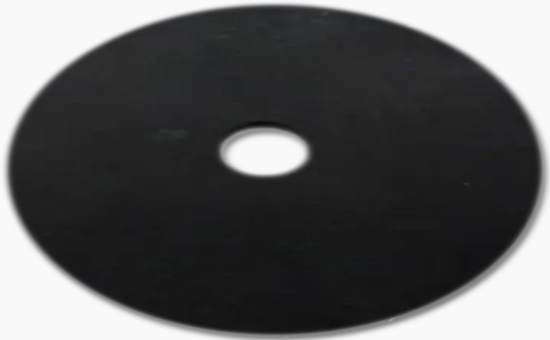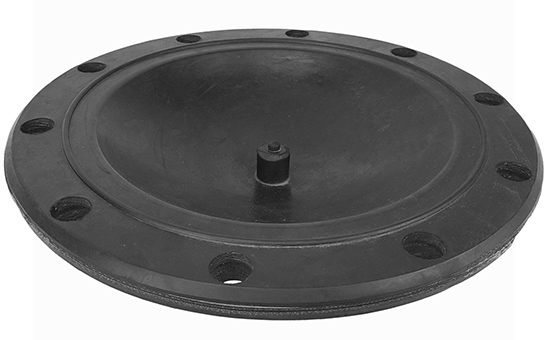In actual production, nitrile rubber products are widely used in various flame-retardant rubber products and foam rubber products. Nitrile products in different applications have different requirements for the friction coefficient of the rubber. What measures should the product manufacturer take to further improve How to adjust the coefficient of friction for the flame retardancy of nitrile rubber products to ensure uniform foaming of the sponge rubber?
4. Flame retardancy
To improve the flame retardancy of nitrile rubber products, halogen-containing polymers can be used in the formulation, or phosphorus-based plasticizers can be used. The flame retardant can be antimony trioxide, aluminum hydroxide, or bromine-based plasticizers. Agent. In actual production, the use of chlorinated paraffin is beneficial to the flame retardancy of nitrile rubber, but too much chlorinated paraffin will reduce the vulcanization speed of the rubber. Therefore, it is necessary to appropriately increase the amount of accelerator in the vulcanization system.

5. Foaming performance
When preparing sponge foam rubber products from nitrile rubber, it is necessary to ensure that the foaming and vulcanization are carried out at the same time. In actual production, it is recommended to use nitrile rubber with lower Mooney viscosity, increase the amount of plasticizer appropriately, and use liquid nitrile if necessary to improve the foaming performance of nitrile rubber by reducing the viscosity of the rubber compound. When vulcanizing nitrile sponge rubber 2YLYY928, it is recommended to appropriately reduce the vulcanization speed. Accelerator DM and accelerator M can be used in conjunction with vulcanizing agent; consider the decomposition temperature of the foaming agent, and choose a foaming agent with a suitable decomposition temperature according to actual needs.
6. Friction coefficient

When adjusting the friction coefficient of nitrile rubber products, the friction coefficient can be increased by increasing the adhesion, and the friction coefficient can be reduced by improving the lubricity of the rubber compound.
In actual production, proper use of ointment, pine tar, coumarone resin, rosin, and liquid nitrile can make the nitrile rubber stick and increase the friction coefficient; increase the adhesion of the rubber and adjust the vulcanization system to make the vulcanization Go slowly. To reduce the friction coefficient of nitrile rubber, process oil, paraffin, talcum powder, graphite, antioxidants, silicone resin, etc. can be used in the formula, or stearic acid, increase the amount of sulfur to make it bloom and reduce the friction coefficient; In addition, chlorine and fluorine treatment can be used to reduce the friction coefficient.

With the continuous progress of the production process of nitrile reclaimed rubber, more and more NBR reclaimed rubber appears in the production of nitrile rubber products, effectively reducing the cost of raw materials. When nitrile reclaimed rubber or nitrile rubber/reclaimed rubber is used alone to produce various flame retardant products, foam products, etc., manufacturers can refer to the above methods to improve the flame retardancy and foaming properties of the rubber, and adjust the rubber according to actual needs. Coefficient of friction.
Exclusive original article [commercial authorization] reprint, excerpt and excerpt in any form are prohibited without written authorization. Focus on Hongyun rubber: learn the process formula and raw material technology of producing rubber products from recycled rubber to help you reduce costs and increase profits